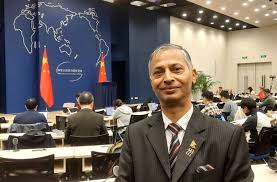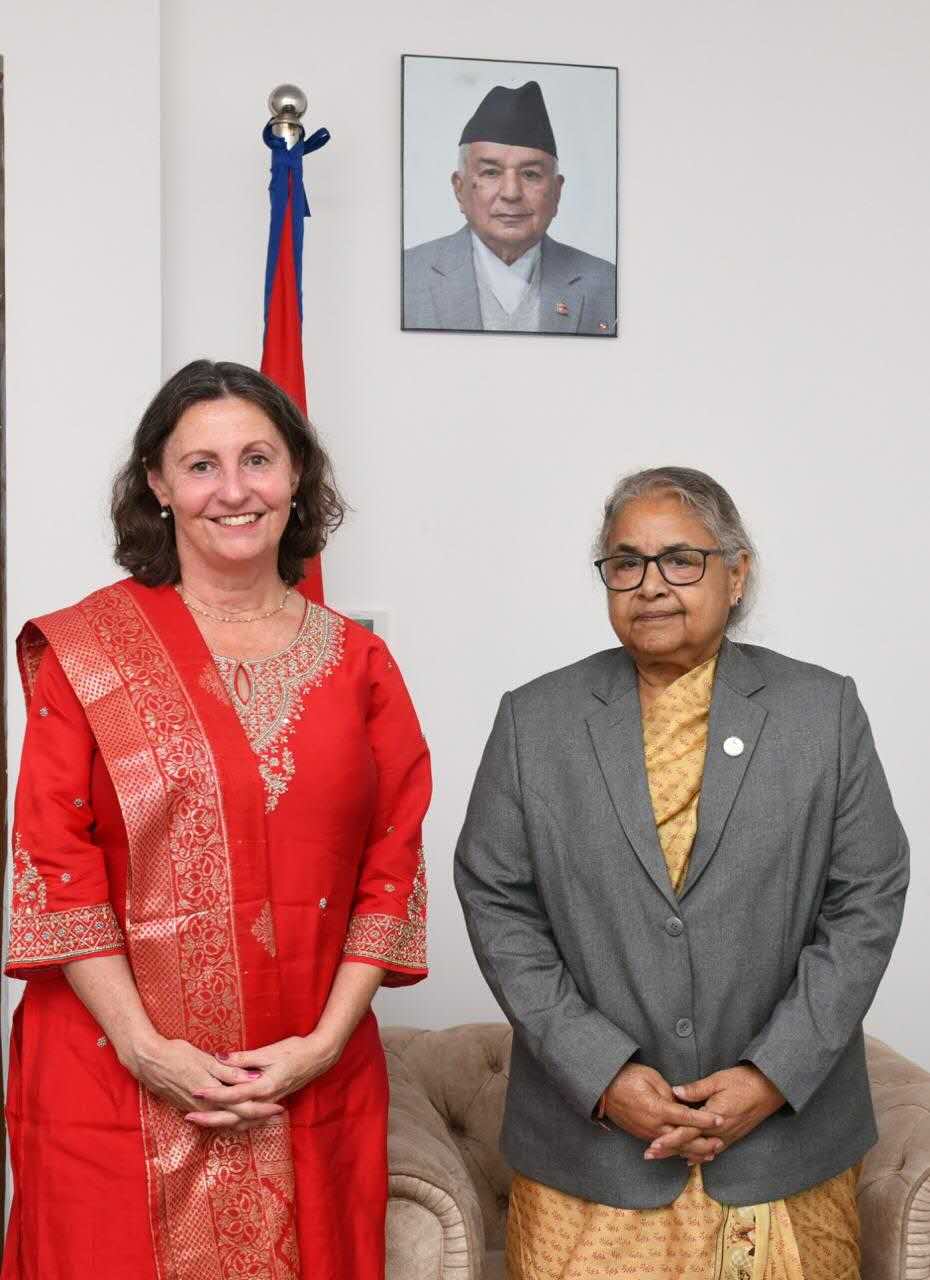
By Deepak Joshi Pokhrel
Last week, two issues dominated the media – both online and print. One was related to reports highlighting 1,000 security personnel quitting the Nepal Police and Armed Police in three months, while the other shed light on locals interrupting waste disposal at Bancharedanda on the Nuwakot-Dhading border. Both news items hogged the attention of everyone across the country. While political pundits have expressed their views – both against and for – the security personnel-related issue, I will shed light on the waste disposal issue in the following paragraph.
Until a few days ago, the garbage generated at my home was regularly collected by the door-to-door collector. The garbage collector visits us twice a week and helps us in disposing of our litter and garbage. However, we were taken aback when we came to know that waste collection in Kathmandu and surrounding cities had stopped after the locals at the Bancharedanda landfill site on the Nuwakot-Dhading border resumed their protest.
Well, this is not the first time the issue of locals obstructing garbage trucks on the road has come to the surface. Over the years, we have been bombarded with such news time and again. But what is very annoying is the fact that the government and agitating parties are still yet to reach a logical solution to the problem.
Every day, the Kathmandu Valley generates around 1,200 metric tonnes of solid waste, of which 50 percent comes from the Kathmandu Metropolitan City alone. But it has always remained a major challenge for the concerned authority to manage the waste in an effective manner. In 2005, the Kathmandu Metropolitan City started dumping garbage collected from the valley at the Sisdole site with an agreement that the site would be used for three years. But even 15 years later, the garbage continued to be dumped there, breaching the agreement and disregarding local health and the environment. According to findings, over 200 families with 1,200 family members who reside near the Sisdole dumping site have been categorized as highly affected households.
The government’s indifference irked the locals, compelling them to stage a protest demanding an alternative to Sisdole in 2017. In response, when Rabin Man Shrestha was the chief of its Environment Division, the Kathmandu Metropolitan City had given compensation to 300 families whose homes were up to 900 metres from the site. However, the landfill site was shifted from Sisdole to Bancharedanda – which is 1.9 km west of the Sisdole landfill site – in June 2022.
More than three years later, the locals of Bancharedanda are now protesting against the use of Bancharedanda as a landfill site. The locals blame the government for breaching the commitment it made while signing the agreement.
Just to recall, an 18-point agreement was reached between the Kathmandu Metropolitan City (KMC) and the locals of Bancharedanda on June 10, 2022. It was agreed to take the garbage of the Kathmandu Valley only at night. Similarly, it was also agreed that KMC would manage the garbage in Sisdole and Bancharedanda within one month without creating a foul smell; scientific management would be done within two months so that the leachate from the garbage would not get mixed in the river. As in the past, the government failed to abide by its commitment. This irked the locals, compelling them to take such harsh action – stopping the garbage trucks on the road.
While the locals were obstructing the garbage trucks, the concerned officer at KMC said that they had fulfilled all their demands. The key demand from the locals is the withdrawal of cases filed against the youths. The KMC had filed cases against some locals for vandalizing 18 garbage trucks about three years ago. Apart from that, the locals have asked for the fulfilment of the 18-point agreement, including the acquisition of land that has been affected by the landfill site. It was agreed that the government would acquire 1,800 metres of land from around the landfill site.
On one hand, the government says that it has honoured the past agreement. On the other hand, the locals argue that the government breached their trust. Given the existing situation, anyone can come to the conclusion that it is the government that is shying away from its responsibilities.
Management of waste collected from the local units of Kathmandu Valley and parts of Kavrepalanchowk has been a recurring problem for years. In the past, locals living in and around landfill sites used to obstruct waste disposal to press their various demands. But this protest subsided after the incumbent mayor of KMC promised to honor the past agreements reached with the protestors and address their concerns following his election.
Like millions of people residing in Kathmandu Valley, the locals also have the right to live in an area unaffected by landfill sites. In addition, they have the right to live in a healthy environment. Their grandfather fought, then their father fought, and now they are forced to fight for their rights. If the government continues to turn its back on the problem, future generations will have to continue fighting for these fundamental rights.
The pertinent question at present is why the government always deceives the locals, playing with their health and local environment. Likewise, why does the government not find permanent solutions to the recurring problem? This is a serious and legitimate question that not just the locals of Bancharedanda but everyone should ask. We hope we will receive a convincing explanation very soon.













Comments:
Leave a Reply